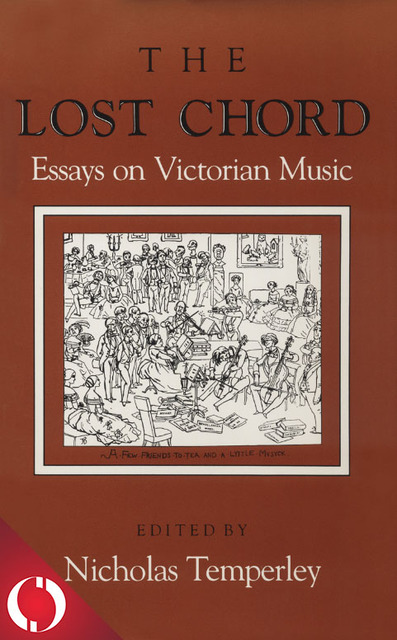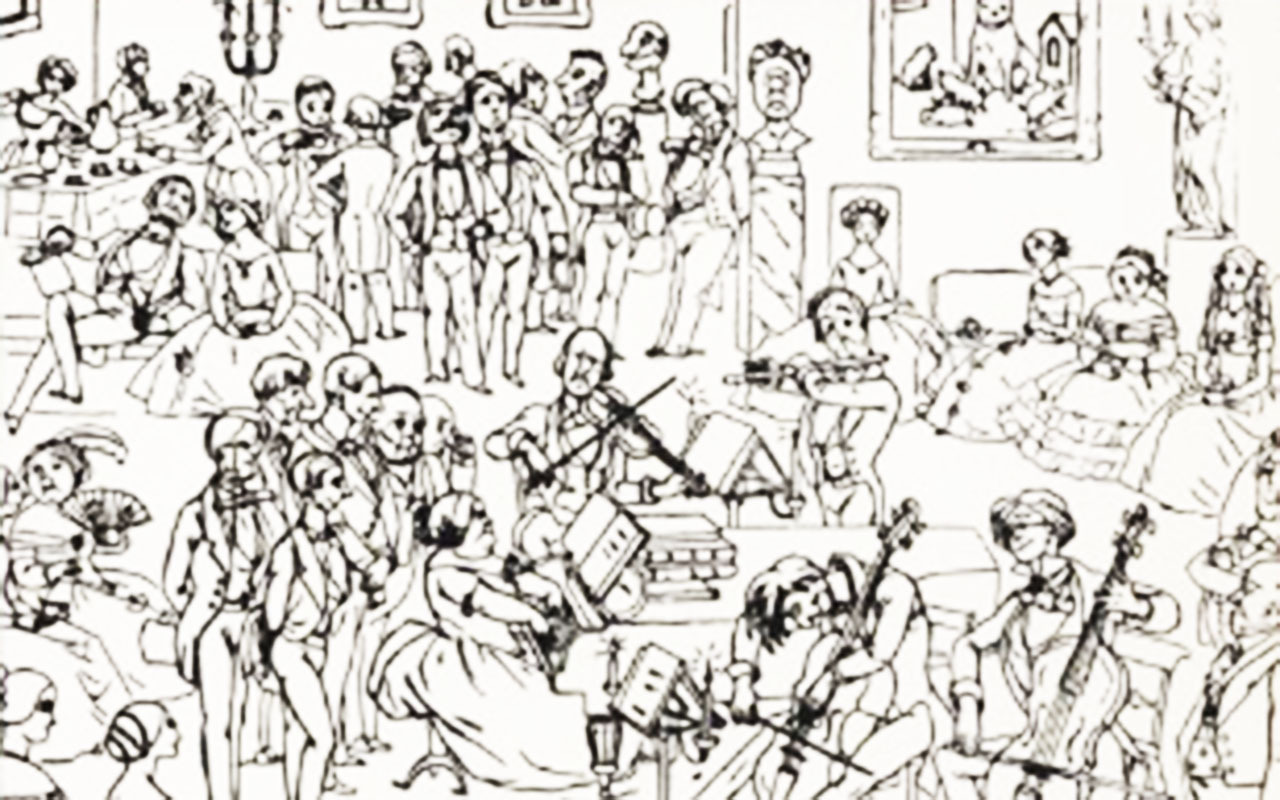The Lost Chord
Essays on Victorian Music
The Lost Chord is a pioneering effort to establish the place of music in the life and literature of Victorian Britain and to establish its value as art. In an introductory essay, Nicholas Temperley gives a detailed assessment of the current state of research in this field and examines the reasons for the relative obscurity of most Victorian music, which he traces to the Victorians' own belief that great music must come from across the Channel. The intrinsic value of Victorian music is the main message of Peter Horton's essay on Samuel Sebastian Wesley and Linda K. Hughes's critical study of Arthur Somervall's song cycle on Tennyson's Maud; but both also examine the proper function of music, a subject that greatly concerned many Victorian writers and thinkers. Among them was John Ruskin, whose ideas and musical compositions are explored by William J. Gatens. The function of music in education is the subject of Bernarr Rainbow's essay, while Mary Burgan surveys the treatment of music as an occupation for women in nineteenth-century fiction. Robert Bledsoe investigates the reception of a great Italian composer, Giuseppe Verdi, by Victorian critics and audiences.
Since, as Temperley points out, serious Victorian music is difficult for the general reader to locate, the book is accompanied by a special cassette recording of music to illustrate some of the essays.

Table of Contents
Metadata
- isbn978-0-253-05565-1
- publisherIndiana University Press
- publisher placeBloomington, Indiana USA
- restrictionsCC-BY-NC-ND
- rightsCopyright © Trustees of Indiana Press
- rights holderIndiana University Press
- rights territoryWorld
- doi
We use cookies to analyze our traffic. Please decide if you are willing to accept cookies from our website. You can change this setting anytime in Privacy Settings.


